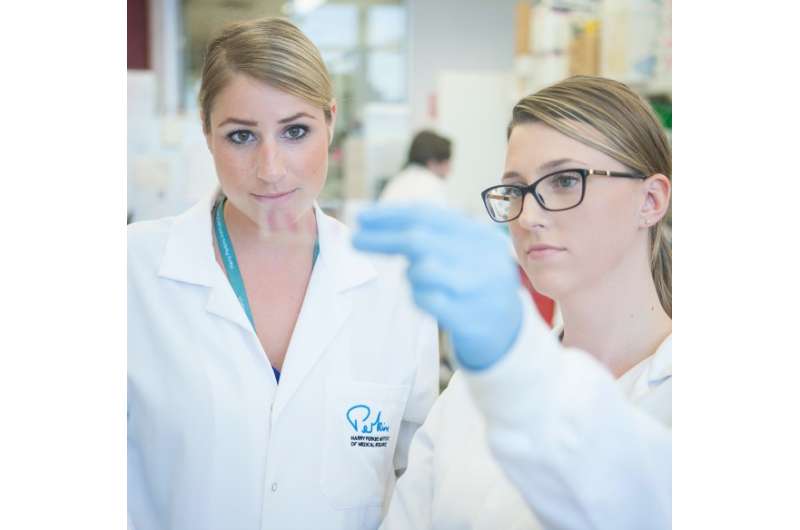Researchers sniff out potential Leigh syndrome treatment

A mouse with dysfunctional mitochondria may hold the key to treating Leigh syndrome in humans.
Mitochondria dysfunction may lead to Leigh syndrome, which is a neuropathological entity that can affect the central nervous system, heart and muscle, leading to a failure to thrive and often premature death in extreme cases.
Mitochondria exist within cells and are responsible for converting energy from food into a power source for our body and are essential for our cells to function normally and survive.
Harry Perkins Institute of Medical Research scientist Tara Richman and her colleagues discovered that a mutation in the Taco1 gene (protein coding gene) stopped production of a particular protein, which helps our cells generate energy.
Without this protein the energy production system falls apart, which leads to symptoms similar to those seen in patients with Leigh syndrome, Dr Richman says
"So we've created a mouse model with the similar symptoms of mitochondrial dysfunction in humans, which can help with future investigations," she says.
Dr Richman says it was known that the Taco1 gene was mutated in human patients with later onset mitochondrial disease and dysfunction.

"We know it's a really important protein, but until now we did not know what the protein was doing in the mitochondria and why it was so important," Dr Richman says.
The mouse model with a mutation of the Taco1 gene was used to work backwards to understand what the protein was doing.
"Because of the mutation very little of the Taco1 protein is created and we could investigate what is happening in mitochondria without the protein and what is happening to the mice organs," she says.
Dr Richman says her research has shown mitochondria are fascinating and complex organelles.
"The mitochondria are really important in creating energy, as we know, and they also have their own DNA, which is really interesting" Dr Richman says.
"They also have their own translation machinery, which translates the proteins within this organelle," she says
"We had clues that Taco1 was involved in this process in someway, but we weren't sure how because the translation machinery is quite different to the systems seen in the cytoplasm and bacteria," she says.
"We found that Taco1 is an RNA binding protein that binds to a particular mRNA and assists in its translation. When translation of this protein is diminished we get mitochondrial dysfunction," Dr Richman says.
This article first appeared on ScienceNetwork Western Australia a science news website based at Scitech.
















